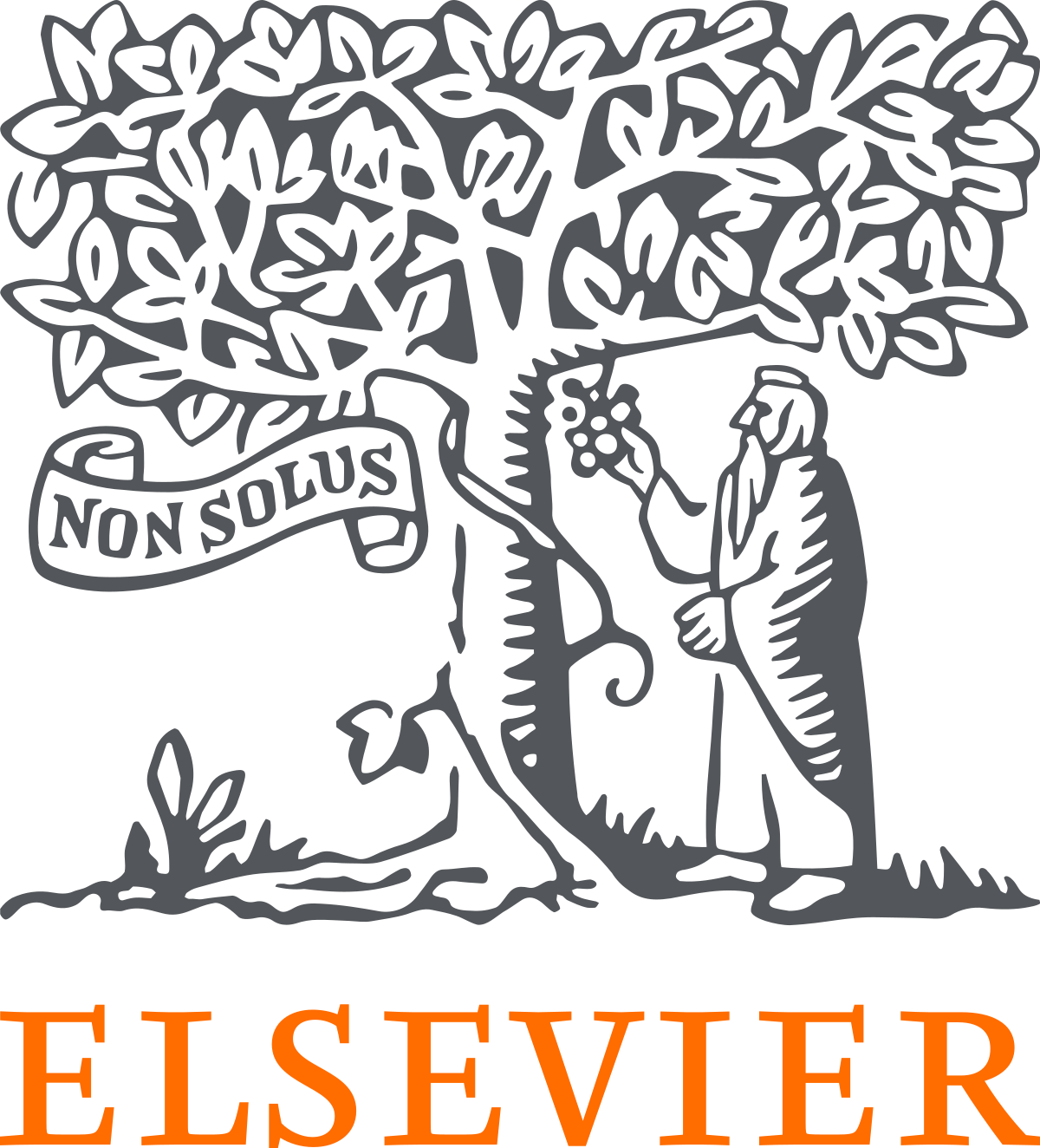"Performance Evaluation of Classical and Quantum-Inspired Pipelines for Fraud Detection Using Quantum Feature Metrics and Cloud Latency Analysis"
Keywords:
Quantum-Inspired Computing, Classical Pipeline, Quantum Feature Metric, Cloud Latency, Fraud Detection, Financial Analytics, Residual Analysis, Machine Learning, Quantum Optimization, Cloud Computing Performance.Abstract
The research introduces a comparison of classical and quantum-inspired overloaded computing techniques used for detecting fraud in the cloud. The aim of the analysis was to determine the performance, stability, and efficiency of quantum-inspired algorithms in dealing with huge financial data by combining quantum features and cloud latency parameters. The findings indicate that quantum-inspired pipelines always provide better quality of features and more sensitivity of the model compared to the classical methods, mostly when it comes to the conditions of fraudulent transactions. Besides, the scrutinization of extremely long latencies reveals that quantum-inspired methods have been more stable in processing and the cloud communication delays have been less variable. Standardized residuals' figures and Q-Q plots have validated the normality and robustness of the data distribution across both pipelines. The outcome has pointed out that there is an apparent gain of quantum-inspired systems in attaining higher quantum feature metrics with a very small sacrifice in computational latency. This study lays down a solid quantitative groundwork for the pairing of the quantum-inspired models with AI-driven anti-fraud analytics and also the development of transaction monitoring systems that are more adaptable, secure, and efficient.Downloads
References
S. Patel and A. Gupta, “AI and Risk Mitigation in FinTech: Challenges and Future Prospects,” IEEE Access, vol. 8, pp. 221210–221223, 2020.
D. Kim and H. Park, “Machine Learning Approaches for Financial Fraud Detection: A Systematic Review,” IEEE Transactions on Computational Social Systems, vol. 9, no. 1, pp. 23–34, Jan. 2022.
M. R. Hasan, A. Rahman, and T. K. Saha, “Latency-Aware AI Pipelines for Real-Time Financial Monitoring,” Journal of Financial Data Science, vol. 4, no. 3, pp. 45–56, 2022.
A. Fingerhuth, T. Babej, and C. Ing, “Quantum-Inspired Machine Learning: An Overview,” Frontiers in Physics, vol. 9, pp. 587–601, 2021.
D. Venturelli, M. Do, and E. G. Rieffel, “Quantum-Inspired Optimization for Machine Learning Applications,” Frontiers in Physics, vol. 10, pp. 122–136, 2022.
H. S. Lee and J. Y. Choi, “Bridging Classical and Quantum Machine Learning: Hybrid Paradigms for Optimization,” IEEE Transactions on Neural Networks and Learning Systems, vol. 34, no. 5, pp. 2503–2516, May 2023.
S. Lloyd and C. Weedbrook, “Quantum Machine Learning for Financial Analysis,” Nature Reviews Physics, vol. 5, no. 2, pp. 83–98, Feb. 2023.
P. T. Costa, R. Marinho, and L. de Souza, “Quantum-Inspired Neural Networks for Fraud Detection in FinTech Systems,” Expert Systems with Applications, vol. 233, pp. 120905, 2024.
N. K. Sharma and P. Thomas, “Cloud Performance Analysis in AI-Based Financial Systems,” IEEE Transactions on Cloud Computing, vol. 11, no. 2, pp. 340–352, Apr. 2023.
R. K. Singh and A. Srivastava, “AI-Driven Fraud Detection in Financial Transactions: A Review,” IEEE Access, vol. 8, pp. 204321–204335, 2021.
L. Zhao and Y. Zhang, “Challenges and Opportunities in Scalable AI for Financial Systems,” IEEE Transactions on Big Data, vol. 9, no. 2, pp. 115–126, Mar. 2023.
N. D. Mavromatos, “Quantum-Inspired Algorithms for Financial Modelling,” Entropy, vol. 25, no. 6, pp. 882–895, 2023.
J. K. Lee and M. Kim, “Classical Simulation of Quantum Neural Dynamics,” IEEE Transactions on Neural Networks and Learning Systems, vol. 34, no. 4, pp. 1820–1834, Apr. 2023.
Y. Du and X. Hu, “Quantum-Inspired Neural Networks for Pattern Recognition,” Neurocomputing, vol. 532, pp. 250–263, 2023.
T. A. Nguyen, P. Tran, and D. Vo, “Financial Risk Forecasting Using Quantum-Inspired Learning Models,” Expert Systems with Applications, vol. 219, pp. 119643, 2023.
K. Roy, M. Das, and N. Banerjee, “Hybrid Quantum-Classical Pipelines for Risk Prediction,” IEEE Transactions on Quantum Engineering, vol. 4, no. 1, pp. 34–48, Jan. 2024.
Y. Jiang, Q. Wang, and H. Chen, “Quantum-Assisted Financial Fraud Detection Using Variational Circuits,” Applied Soft Computing, vol. 150, pp. 111023, 2023.
W. Liu, S. Han, and X. Zhang, “Feature Optimization in Financial Risk Prediction Using Quantum-Inspired Algorithms,” Information Sciences, vol. 640, pp. 122015, 2024.
Viswanathan, Venkatraman. "Embedding Ethical Principles into Generative AI Workflows for Project Teams." (2024).
S. Das and R. Kumar, “Scalable Cloud Pipelines for AI-Driven Financial Intelligence,” IEEE Transactions on Cloud Computing, vol. 12, no. 2, pp. 110–122, Apr. 2024.
E. Morabito and R. D. Prieto, “Ethical and Interpretability Challenges in Quantum AI Systems,” AI and Ethics, vol. 4, pp. 155–169, 2023.
H. Patel and T. Singh, “Explainable Quantum-Inspired Models for Financial Decision Systems,” IEEE Access, vol. 12, pp. 7721–7732, 2024.
M. Perez and L. Martin, “Cloud-Quantum Integration for Financial Analytics: A Systematic Perspective,” Future Generation Computer Systems, vol. 153, pp. 385–397, 2024.
Viswanathan, Venkatraman. "Pioneering Ethical AI Integration in Enterprise Workflows: A Framework for Scalable Team Governance." Available at SSRN 5375619 (2024).
Downloads
Published
How to Cite
Issue
Section
License

This work is licensed under a Creative Commons Attribution-ShareAlike 4.0 International License.
All papers should be submitted electronically. All submitted manuscripts must be original work that is not under submission at another journal or under consideration for publication in another form, such as a monograph or chapter of a book. Authors of submitted papers are obligated not to submit their paper for publication elsewhere until an editorial decision is rendered on their submission. Further, authors of accepted papers are prohibited from publishing the results in other publications that appear before the paper is published in the Journal unless they receive approval for doing so from the Editor-In-Chief.
IJISAE open access articles are licensed under a Creative Commons Attribution-ShareAlike 4.0 International License. This license lets the audience to give appropriate credit, provide a link to the license, and indicate if changes were made and if they remix, transform, or build upon the material, they must distribute contributions under the same license as the original.





